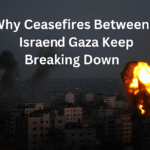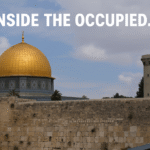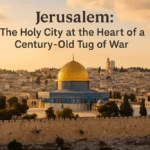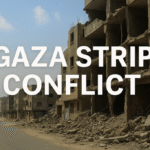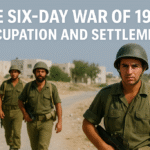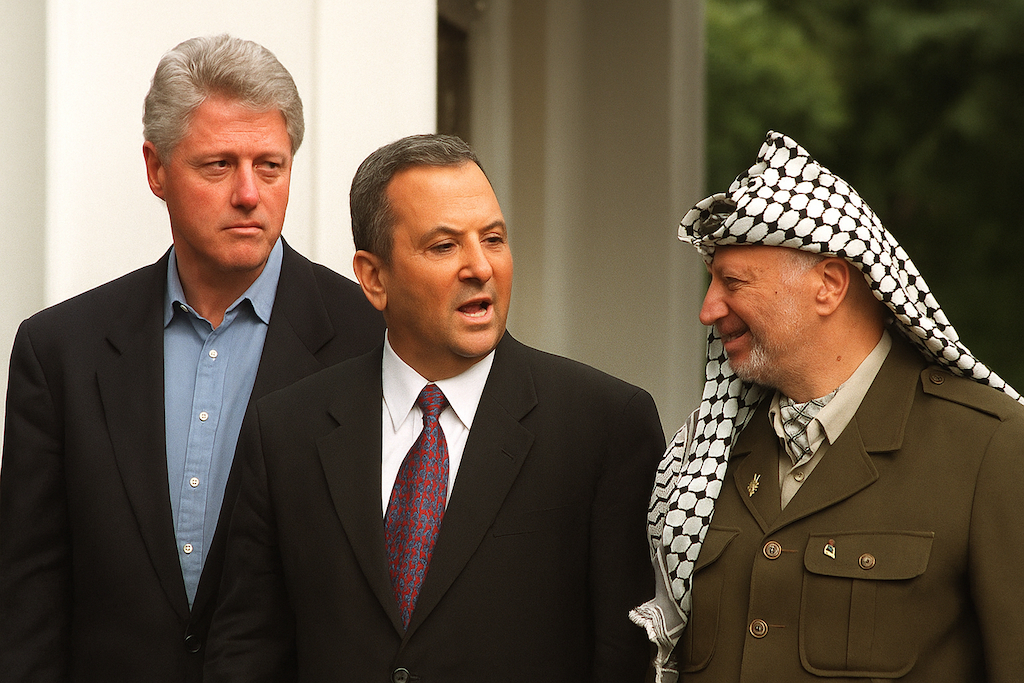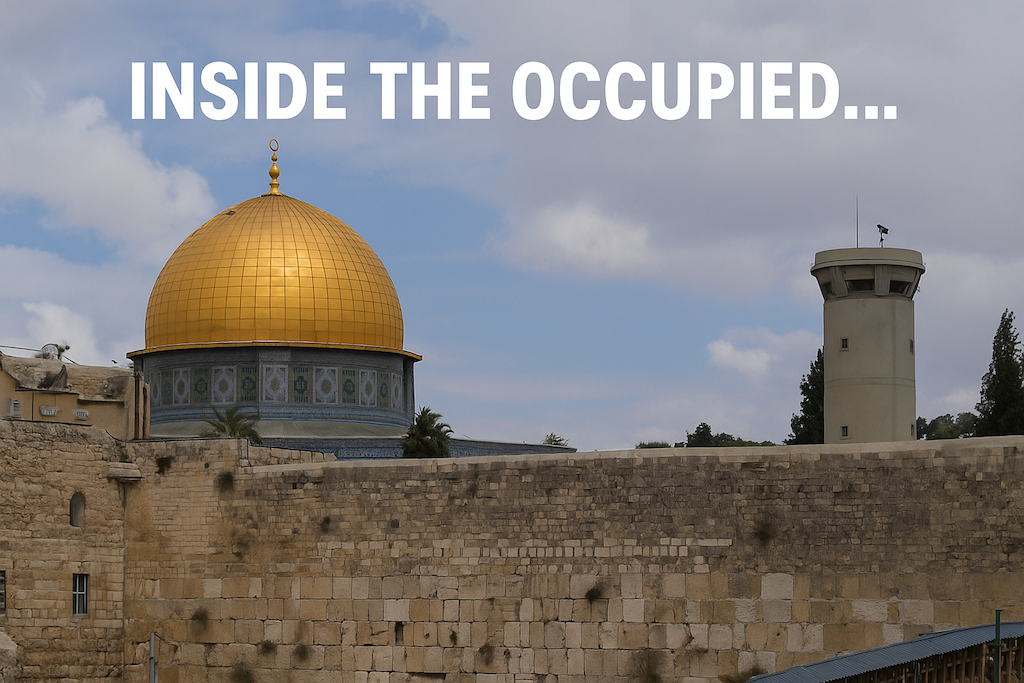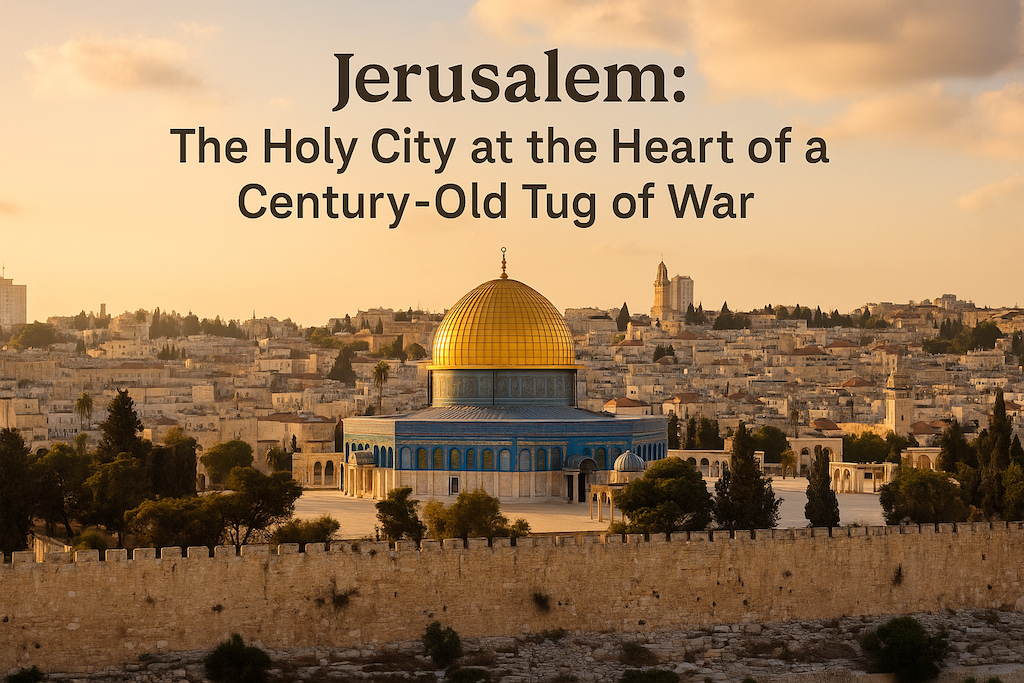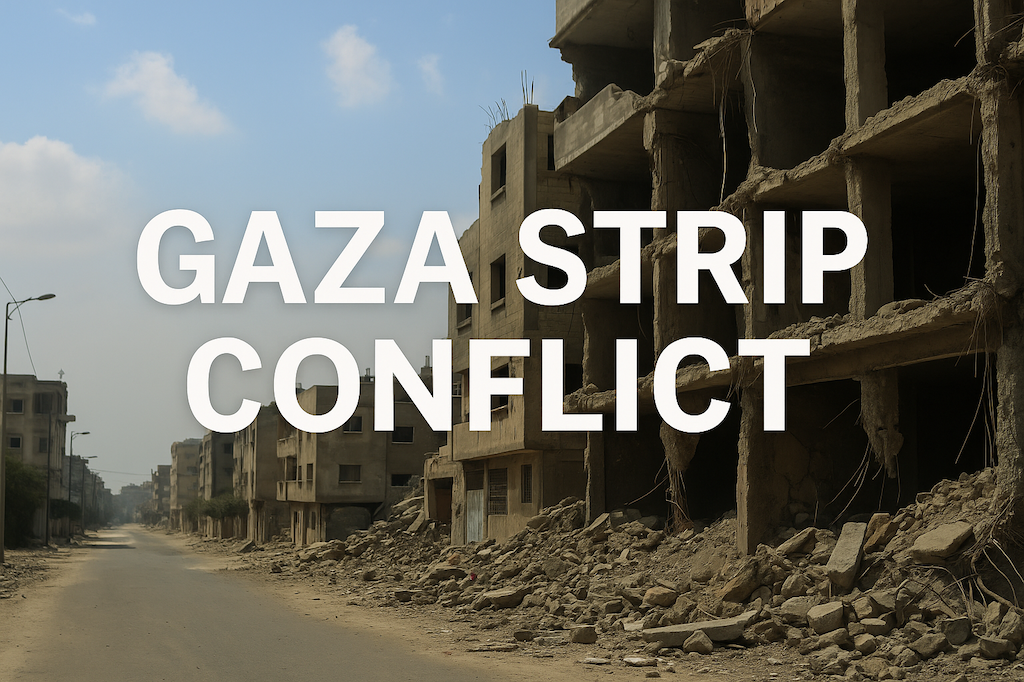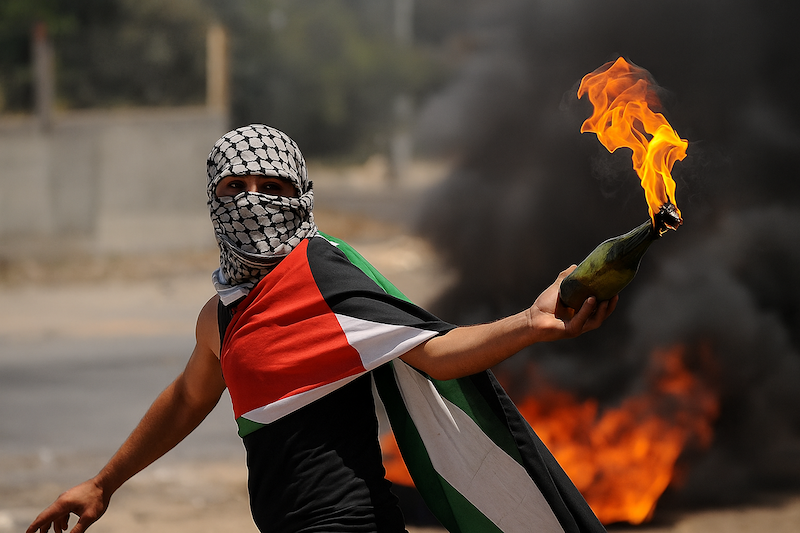For decades, the Israel-Palestine conflict has been at the center of international diplomacy. Numerous summits, negotiations, and peace plans have attempted to solve the dispute — but why has a lasting peace remained so elusive?
The answer lies in a tangle of broken promises, deep mistrust, shifting political agendas, and complex realities on the ground. What looks like peace-building on the surface often unravels into disappointment, disillusionment, and sometimes more violence.
🕊️ The Oslo Accords: A Historic Handshake, A Fading Hope
The 1993 Oslo Accords were the first direct, face-to-face agreement between Israel and the Palestine Liberation Organization (PLO). Sealed with a handshake between Yitzhak Rabin and Yasser Arafat on the White House lawn, Oslo promised:
- Mutual recognition of Israel and the PLO
- Partial Palestinian self-rule established in sections of the West Bank and Gaza.
- A five-year timetable for resolving core issues like Jerusalem, borders, settlements, refugees, and security
But the final-status talks never materialized. Instead:
- Israeli settlement expansion in the West Bank eroded mutual trust.
- Terror attacks and military crackdowns escalated tensions
- In 1995, Prime Minister Yitzhak Rabin was assassinated by a right-wing Israeli radical.
- Hamas opposed Oslo and gained popularity in Gaza
Oslo left behind an incomplete process — one that didn’t resolve the conflict but entrenched it further.
🏞️ Camp David Summit (2000): A Missed Opportunity?
In 2000, U.S. President Bill Clinton brought together Israeli Prime Minister Ehud Barak and Palestinian leader Yasser Arafat at Camp David for high-stakes peace talks — but the summit ended without an agreement.
Key sticking points included:
- Final status of Jerusalem
- Borders of a future Palestinian state
- The right of return for Palestinian refugees
Israel offered concessions, but not enough for the Palestinians. Palestinians walked away, and the Second Intifadaerupted months later, marking a devastating low point in the peace process.
🔁 Repeated Negotiations, Repeated Breakdowns
Several attempts followed:
- 2003 Roadmap for Peace (led by the US, EU, UN, and Russia)
- 2007 Annapolis Conference
- 2013–2014 John Kerry-led talks
Each time, the same issues returned to the table — and each time, talks collapsed over settlements, security, borders, and sovereignty.
Palestinians accused Israel of negotiating in bad faith while expanding settlements. Israel accused the Palestinian leadership of inciting violence and refusing to recognize Israel as a Jewish state.
🚧 What’s Blocking Peace Today?
Several major obstacles remain:
- Israeli Settlements: Over 700,000 Israelis now live in West Bank and East Jerusalem settlements, complicating any land-for-peace deal
- Jerusalem: Both sides claim it as their capital, and it’s become a non-negotiable issue
- Security Concerns: Israel demands guarantees; Palestinians demand dignity and sovereignty
- Divided Palestinian Leadership: The rift between Fatah in the West Bank and Hamas in Gaza has fractured unity, weakening their collective bargaining power in peace negotiations.
- International Bias: Both sides accuse international actors of taking sides — further complicating diplomacy
🧭 Conclusion: Peace Remains a Distant Dream
After nearly three decades of peace initiatives, the reality is sobering: Palestinians remain stateless, Israel remains insecure, and the prospects for a two-state solution appear dimmer than ever.
The peace process has, for many, become a stage for symbolic gestures rather than real progress. Until both sides — and the global community — commit to addressing root causes and upholding real accountability, peace will remain a promise broken over and over again.
